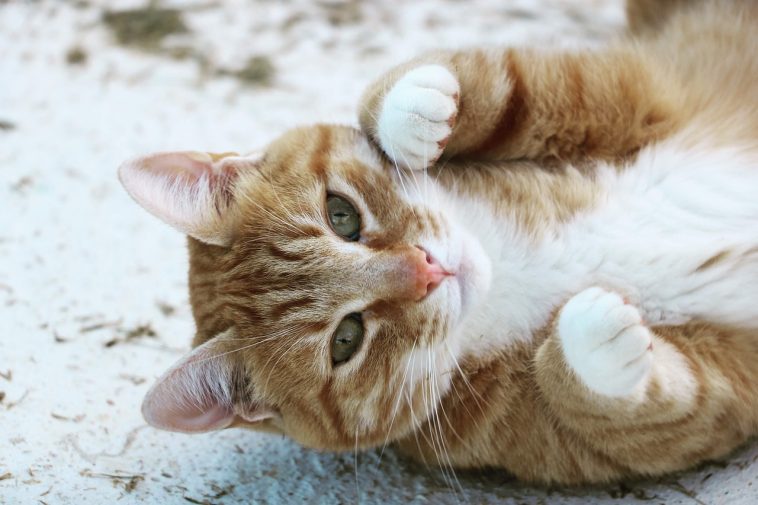Cats, like all living creatures, require a consistent supply of food and water for their survival. However, situations can arise where a cat may go without food. Here’s a comprehensive guide on how long a cat can survive without food, potential consequences, and steps you can take to address this issue:
How Long Can Cats Go Without Food? A cat may survive without food for about 1-2 weeks, provided they have access to water. However, it’s important to note that this is a general estimate and can vary based on factors such as the cat’s health, age, breed, and environmental conditions. In reality, allowing a cat to go without food for such an extended period is never recommended.
Consequences of Starvation: If a cat goes without food for an extended period, typically 3-4 days, they may start to suffer from a condition known as hepatic lipidosis or fatty liver disease. This occurs as the cat’s body begins to break down fat due to depleted protein levels. Fatty liver disease can lead to liver failure, which is a life-threatening condition.
When to Seek Veterinary Attention: If your cat hasn’t eaten for over 24 hours, it’s crucial to seek veterinary care. Even if your cat seems to be in good spirits and is drinking water, there may be an underlying issue that needs immediate attention. Early intervention and treatment can be crucial in saving your cat’s life.
Common Causes of Reduced Appetite: There are several reasons why a cat may stop eating, including:
- Stress: Severe stressors like a new baby, a new pet, or a change in environment can cause cats to lose their appetite.
- New Food: Abruptly changing a cat’s diet can lead to gastrointestinal upset and a loss of appetite.
- Illness or Disease: Cats suffering from inflammation, infection, or underlying health conditions may experience a decreased appetite.
- Dental Issues: Cats with oral pain or dental problems may find it uncomfortable to eat.
- Environmental Factors: Inappropriate bowl type, dirty bowls, or the location of the food bowl can all influence a cat’s eating habits.
Encouraging Your Cat to Eat: While veterinary treatment is essential, there are steps you can take to encourage your cat to eat:
- Provide Wide, Shallow Bowls: Cats prefer ceramic bowls that allow them to comfortably access their food.
- Offer Multiple Bowls: Place food bowls in quiet, accessible areas to prevent competition, especially in multi-pet households.
- Feed Small Portions Frequently: Mimic a cat’s natural feeding behavior by offering smaller meals 4-5 times a day.
- Wet Cat Food: Wet food provides high moisture content, helping to prevent dehydration.
- Heat Up Food: Warming food can enhance its aroma and appeal to your cat.
Final Thoughts: While a cat can potentially survive without food for a short period, it’s important to never allow this situation to occur. If your cat shows signs of reduced appetite or stops eating, seek veterinary attention promptly. Early intervention and appropriate treatment are crucial in ensuring the health and well-being of your feline companion.



